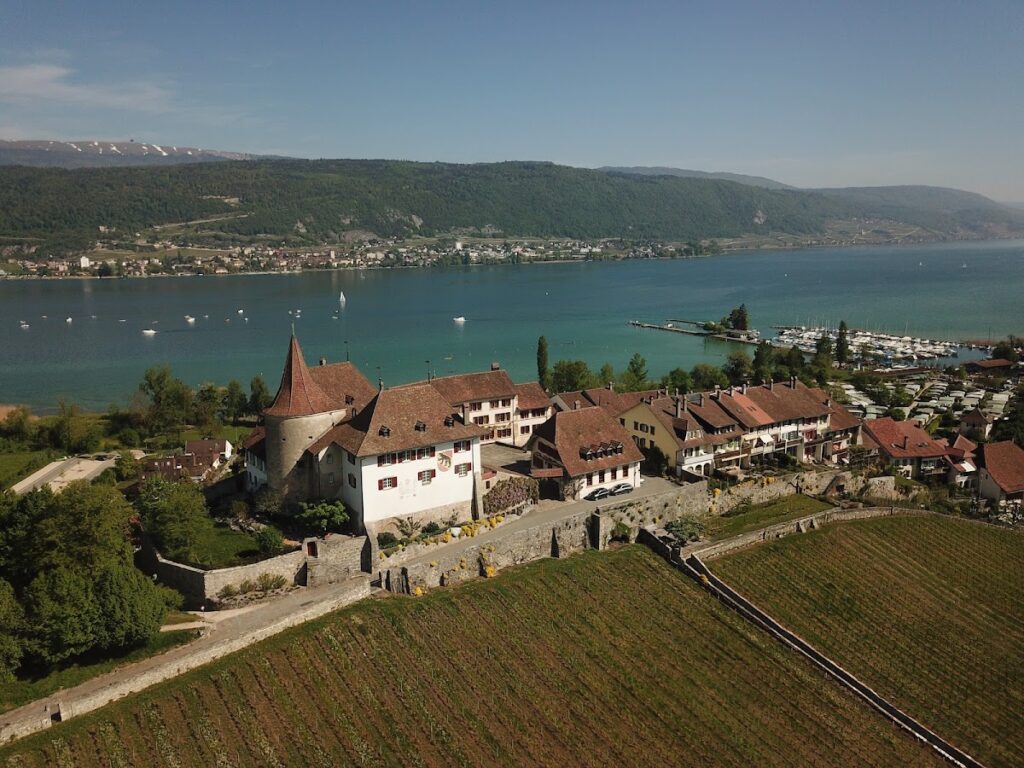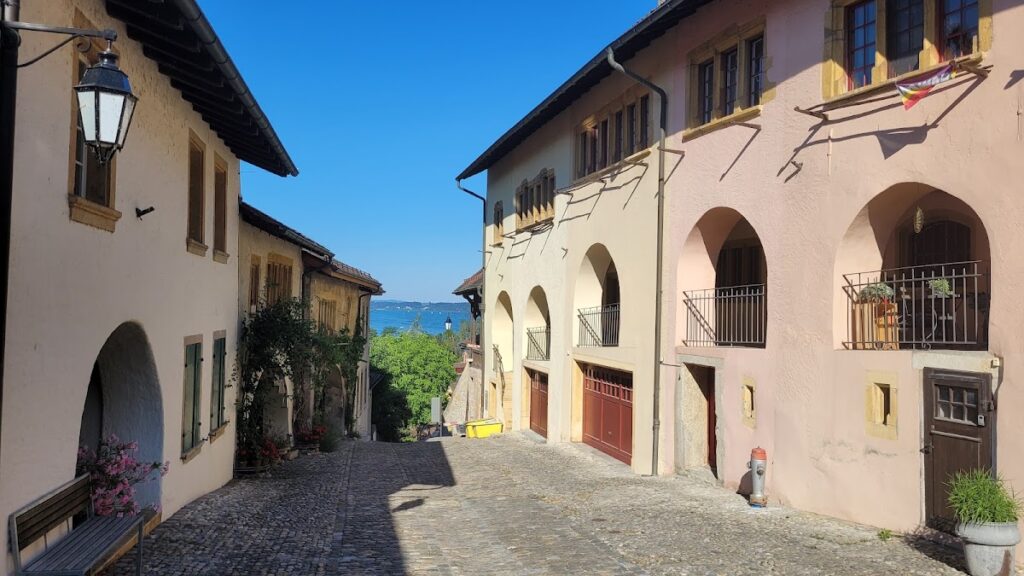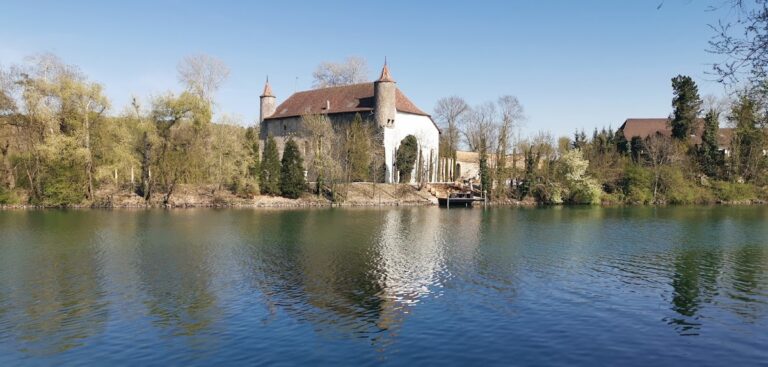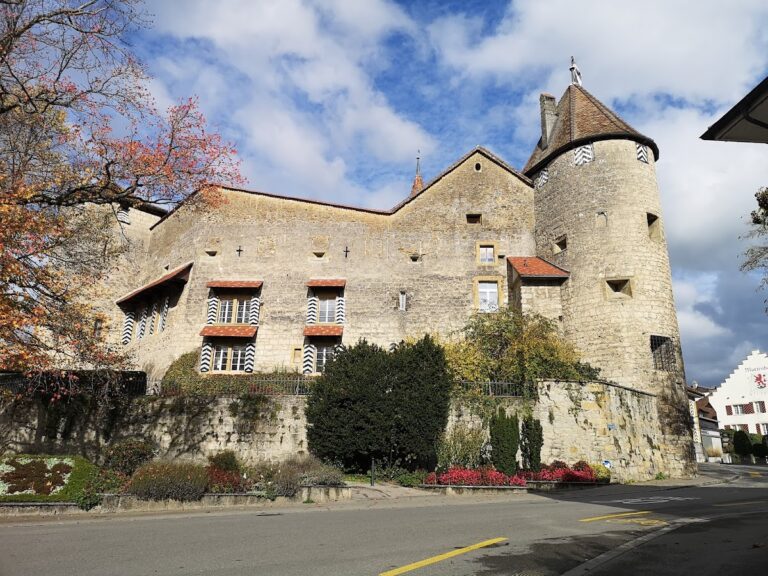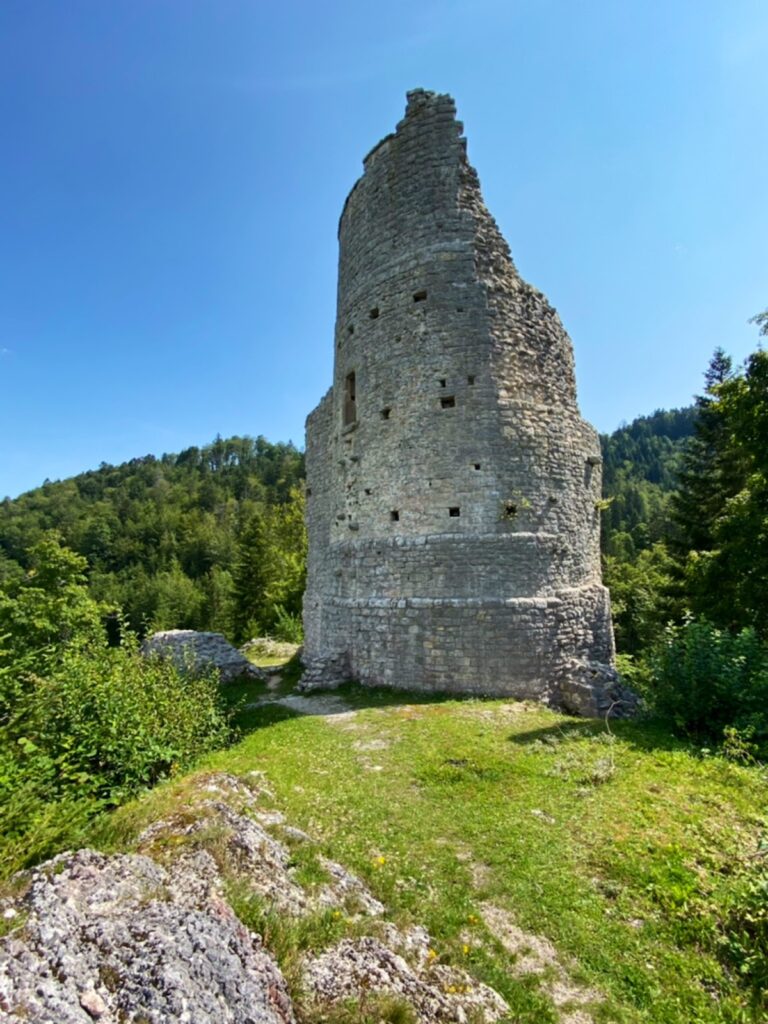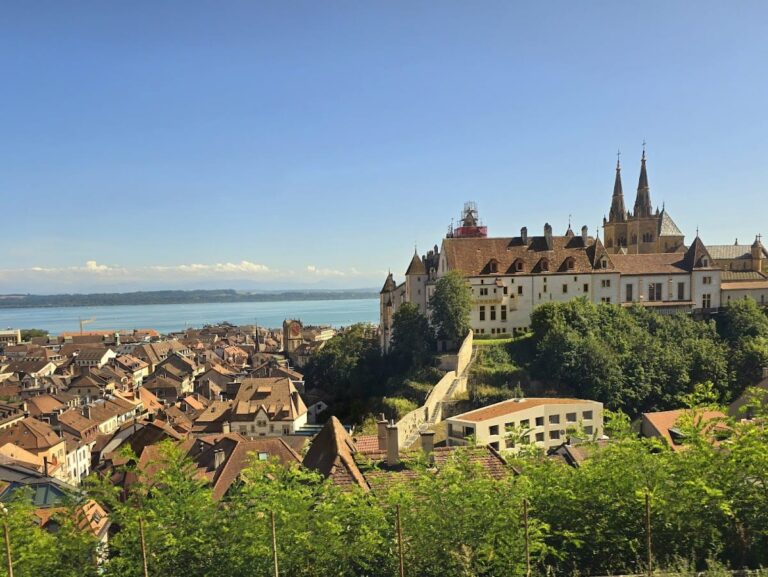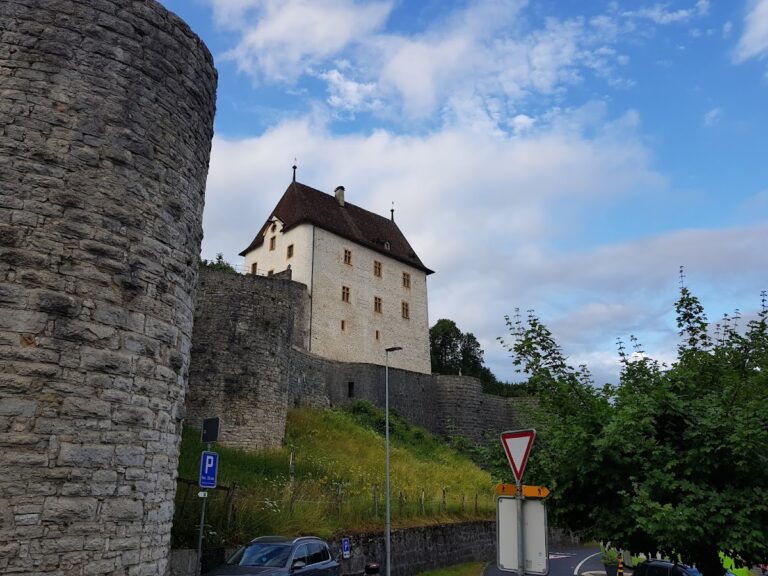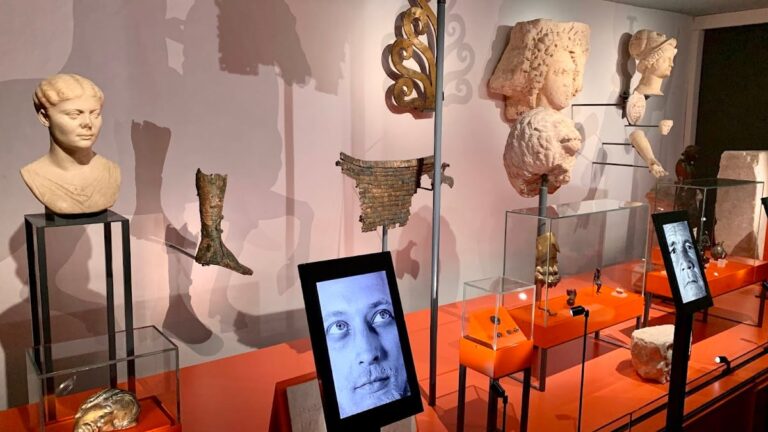Erlach Castle: A Medieval Fortress and Administrative Center in Switzerland
Visitor Information
Google Rating: 4.3
Popularity: Very Low
Google Maps: View on Google Maps
Official Website: www.be.ch
Country: Switzerland
Civilization: Unclassified
Remains: Military
History
Erlach Castle is located in the municipality of Erlach, Switzerland, and was originally constructed by the medieval European civilization. Its foundation dates back to the late 11th century when Burkart von Fenis, who served as the Bishop of Basel, built the fortress between 1090 and 1100. This early episcopal initiative established the castle as a center of ecclesiastical and territorial authority in the region.
By the early 13th century, the castle and the surrounding town had changed hands, coming under the control of the Counts of Nidau in 1224. This transition marked the castle’s integration into the feudal landscape of local nobility. In the mid-13th century, specifically in 1265, Peter II of Savoy extended the influence of the House of Savoy over Erlach by placing the castle and its governing counts under Savoy’s feudal domain. A warden appointed by Peter II resided at the castle, overseeing its estates and administration.
The knights serving as wardens adopted the surname von Erlach, derived from the castle and town they governed. This family rose to prominence in the following centuries, producing influential figures such as Rudolf von Erlach, who achieved military distinction as the commander leading forces to victory at the Battle of Laupen in 1339. By around 1300, the von Erlach family had established themselves as citizens of the nearby city of Bern, reflecting their integration into urban political life.
The latter part of the 14th century saw further changes in ownership after the death of Isabella of Neuchatel in 1395. She was the widow of the last Count of Nidau, and following her passing, the House of Savoy assumed direct control over Erlach. The town was then mortgaged to the de Chalon family in 1407, indicating a shift in the management of local affairs under noble families. This period of external administration lasted until the late 15th century.
During the Burgundian Wars in 1474, Bernese forces captured Erlach Castle and the town, bringing them firmly under Bern’s jurisdiction. Following this conquest, Rudolf von Erlach, who had served previously as castellan, or governor, under the de Chalon family, became the first governor of the district now controlled by Bern. From this time onward, Erlach remained within Bernese territory. Today, Erlach Castle is recognized as a site of national cultural significance in Switzerland, acknowledging its long historical role in the region.
Remains
The archaeological and historical records of Erlach Castle focus primarily on its enduring function as a site of local authority rather than detailed descriptions of its physical structure. While specific information about the castle’s layout, building materials, or unique architectural features is not provided, the castle’s presence as the administrative center of the area is well established.
No detailed documentation notes the composition or style of the construction, nor are any decorative elements or inscriptions recorded. The spatial setting of the castle suggests its close relationship with the town of Erlach, as it served as the residence for governors and wardens charged with overseeing the surrounding estates and populace. This implies a strategic positioning suitable for governance and defense.
No archaeological excavations or findings such as tools, pottery, or ritual artifacts have been reported that would illuminate daily activity or ceremonial functions within the castle grounds. Similarly, there are no accounts of alterations, restorations, or the current condition of the structure available in the historical sources.
Overall, the remains of Erlach Castle stand as a testament to its continuous importance as a seat of power through successive ruling families and political changes, even if the surviving physical evidence and detailed architectural descriptions remain undocumented.
